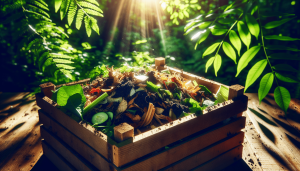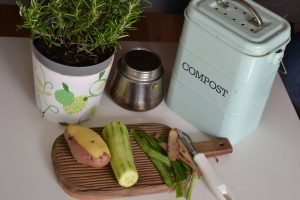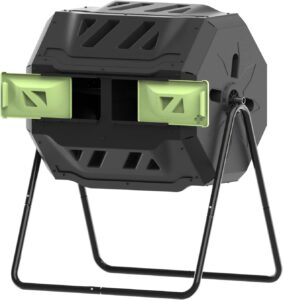Welcome to “Can I Compost Bread?” where we dive into the ins and outs of adding bread to your compost pile. Together, we’ll explore whether those leftover crusts and stale slices can be put to good use in our gardens. With a growing focus on sustainability, it’s important for us to understand the best ways to reduce kitchen waste. Let’s take a closer look at how bread fits into the composting equation, ensuring that we get the most out of our food scraps while nurturing a healthier planet. Have you ever found yourself staring at a stale loaf of bread, wondering if you can compost it instead of throwing it away? We’ve all been there. It’s a common question for those of us increasingly mindful about reducing waste and ensuring we contribute positively to our environment. Let’s dive into this topic together and find out if composting bread is a possibility.
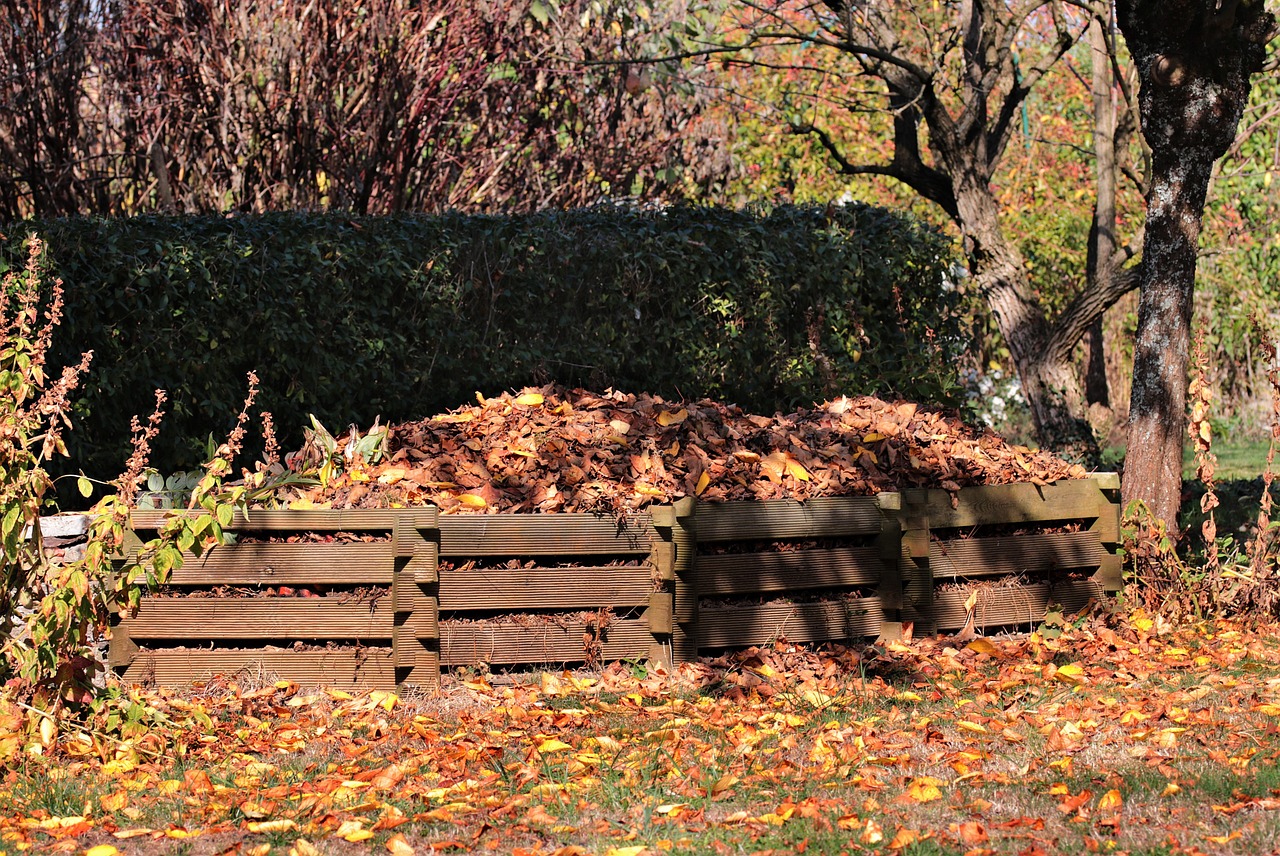
Can I Compost Bread?
It’s a simple question with a not-so-simple answer. Yes, you can compost bread, but there are several important factors to consider to do it effectively and safely. Bread is an organic material, and like all organic materials, it will decompose over time. But for best results and to avoid potential problems, we need to follow some best practices.
Why Compost Bread?
First, let’s discuss why we would even consider composting bread. Bread is a food staple in many households, and it often ends up going uneaten. Composting bread helps us reduce food waste, enrich our compost pile with a diverse mix of materials, and ultimately produce nutrient-rich compost for our gardens.
Bread Decomposition Process
Bread decomposes quickly due to its high moisture content and fine texture. This makes it an excellent green (nitrogen-rich) addition to your compost pile. However, its quick decomposition also means it’s prone to attracting pests if not managed properly.
Benefits of Composting Bread
Composting bread has numerous benefits:
- Reduces landfill waste: Keeping bread out of the trash means less waste in landfills and less methane gas production that contributes to climate change.
- Enriches compost: Bread adds nitrogen to the compost, helping create a balanced decomposition process.
- Saves money: Homemade compost means we spend less on commercial fertilizers.
Preparing Bread for Composting
Properly preparing bread for composting is crucial. Throwing whole slices or chunks into the compost might not yield the best results. Here’s a step-by-step guide to ensure bread contributes positively to your compost pile.
Sun-Drying Bread
Drying out your bread before composting can slow down its decomposition just enough to avoid attracting pests. Here’s how:
- Lay out the bread slices or chunks in a single layer.
- Place them in direct sunlight for a few hours until they become thoroughly dry and hard.
Bread Crumbs and Small Pieces
Consider breaking the bread into smaller pieces or even transforming it into breadcrumbs. This allows for quicker and more even decomposition.
- Tear or break the bread into small pieces.
- Spread them out in the compost bin.
Avoiding Moldy Bread
While it’s inevitable that some bread will develop mold before you get to it, it’s generally a good idea to avoid composting moldy bread. Mold can introduce pathogens to your compost pile and might disrupt the balance of microorganisms.
Balancing Your Compost Pile
Maintaining balance within our compost pile is key to successful composting. Bread should be part of a diverse mix of green and brown materials to ensure efficient decomposition.
Green and Brown Materials
In composting terminology, “green” materials (nitrogen-rich) and “brown” materials (carbon-rich) are crucial. Bread falls into the green category.
Here’s a simple guide:
| Green Materials | Brown Materials |
|---|---|
| Bread | Dried leaves |
| Vegetable scraps | Sawdust |
| Coffee grounds | Straw |
| Grass clippings | Paper |
Ideal Compost Pile Composition
A balanced compost pile should have a ratio of roughly 3 parts brown materials to 1 part green materials. This ratio ensures that the pile remains aerated, reducing the risk of it becoming too wet and attracting pests.
Turning the Compost
To facilitate the decomposition process, regularly turning your compost is vital. This mixes the different materials, maintains airflow, and helps control moisture levels.
Potential Issues and Solutions
Like with any composting endeavor, there are potential issues we need to be aware of when composting bread. Let’s identify these problems and explore solutions.
Attracting Pests
Bread can attract pests like rodents, raccoons, and insects. To mitigate this risk:
- Bury the bread deep within the compost pile, at least 6-12 inches below the surface.
- Cover the bread with a layer of brown materials to mask the scent.
Odor Control
Bread can sometimes produce unpleasant odors as it decomposes. Combat this by:
- Ensuring proper balance: Maintain the balance of green and brown materials.
- Turning regularly: Aerating the pile helps prevent anaerobic conditions that cause odors.
Moisture Management
Bread’s high moisture content can make the compost pile too wet. Monitor the moisture level and adjust by adding more brown materials if necessary.
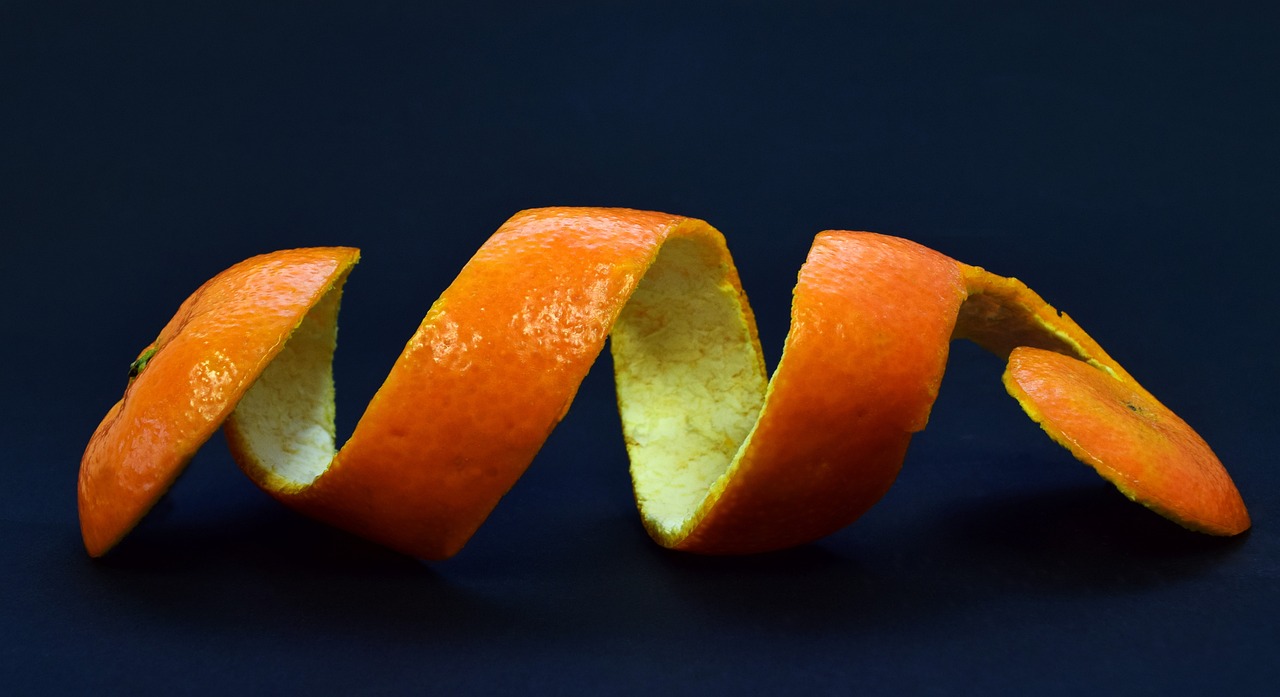
Alternatives to Composting Bread
While composting bread is beneficial, there are other ways we can make use of stale bread, reducing waste even further.
Feeding Animals
Many farm animals, like chickens and pigs, can safely consume bread. Just ensure it’s free from mold and harmful additives.
Re-purposing in Cooking
Stale bread can be used creatively in various recipes:
- Bread pudding
- Croutons for salads and soups
- Breadcrumbs for frying or binding ingredients
Making Bread Flour
Stale bread can be dried and ground into flour. This flour can then be used in baking, providing a sustainable alternative to purchasing new flour.
Bread in Vermicomposting
For those of us engaged in vermicomposting, the rules vary slightly when dealing with bread.
Feeding Bread to Worms
Worms can process bread, but moderation is key. Too much bread can overwhelm their system and cause issues like compaction or an imbalance in the worm bin.
Best Practices for Vermicomposting Bread
- Small Portions: Add small amounts of bread at a time.
- Even Distribution: Spread the bread around the bin to avoid concentration in one area.
- Monitor Conditions: Regularly check moisture levels and worm activity.

Bread and Bokashi Composting
Bokashi composting is an anaerobic method that uses fermentation. It offers another means of composting bread.
How Bokashi Works with Bread
The Bokashi method typically accepts bread more readily due to its capacity to handle a wider variety of organic waste, including cooked and processed foods. The addition of a special bran inoculated with effective microorganisms helps break down these materials.
Steps for Bokashi Composting Bread
- Chop the bread into small pieces.
- Layer the bread with Bokashi bran in the Bokashi bin.
- Seal and ferment for a couple of weeks.
- Bury the fermented matter in soil or mix it into your traditional compost pile.
Conclusion
So, can we compost bread? Absolutely! With the right preparation and balance within our compost pile, bread can be a valuable green material contributing to nutrient-rich compost. It’s essential to be mindful of potential issues such as pest attraction and moisture levels, but with careful management, we can successfully compost bread and reduce our household waste.
Let’s continue to explore sustainable practices together, experimenting with composting different types of food waste and enriching our gardens with homemade compost. Remember, every small action we take contributes to a healthier environment for us all. Happy composting!

